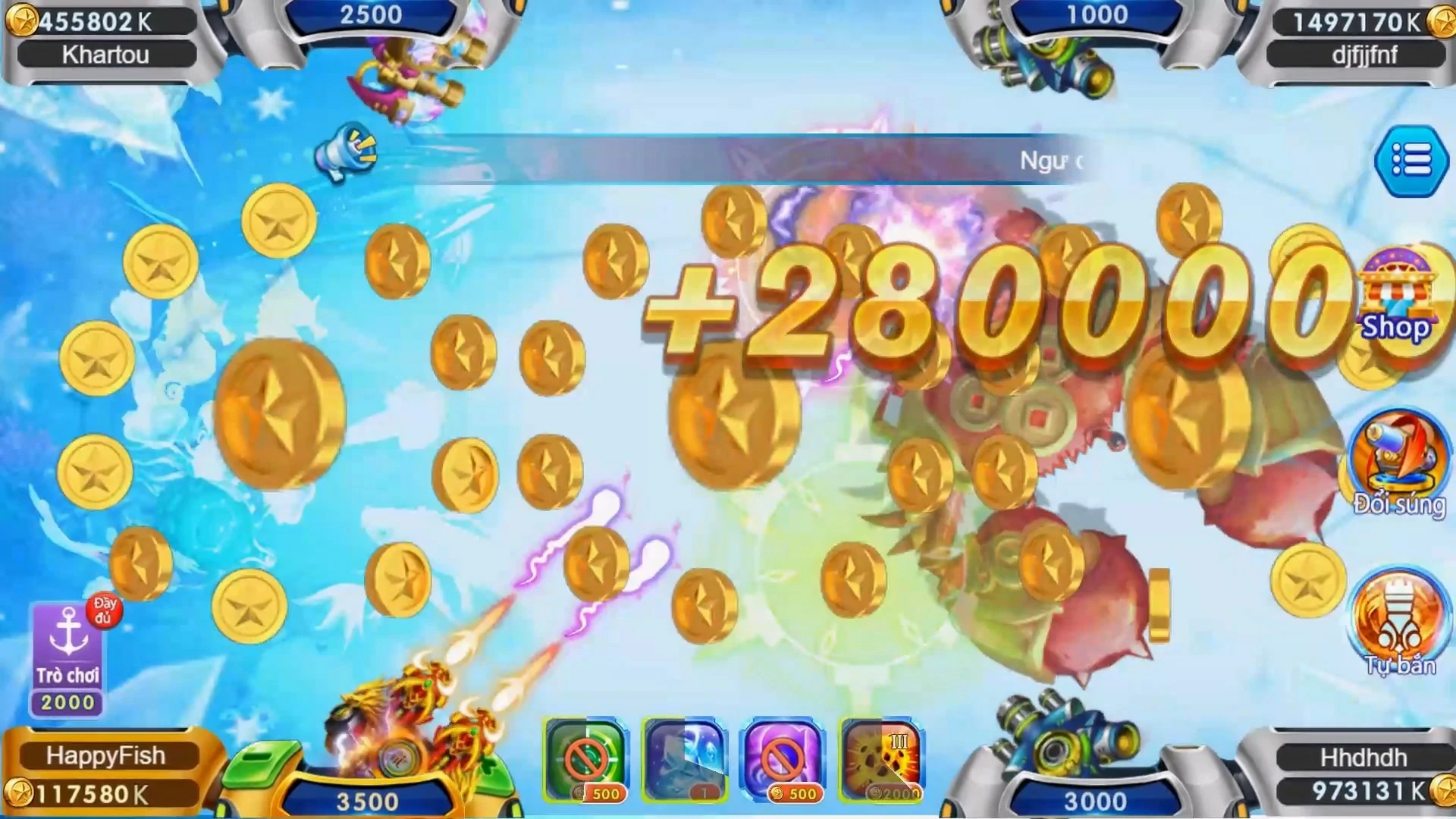Why Idle Games Are Revolutionizing the Gaming Experience: A Deep Dive into the Genre
Idle games, also known as clicker games or incremental games, have taken the gaming world by storm. Their unique mechanics have not only attracted a massive audience but have also prompted a shift in how we view gaming. This article delves deep into the reasons behind the rise of idle games, examining their impact on the gaming experience and exploring other connected genres like free PC RPG games and hardcore matches.
The Essence of Idle Games
At their core, idle games function on a simple premise: players progress without constant input, allowing them to "set and forget" while the game continues in the background. This hands-free approach has made idle games increasingly popular, especially among casual gamers.
How Idle Games Work
- Incremental Progression: Players earn rewards passively as they let the game run.
- Upgrade Mechanics: Players can purchase upgrades or reinvest earnings to enhance progression.
- Prestige Systems: Many idle games include a feature that allows players to reset their progress for greater rewards.
The Allure of Simplicity
One of the most compelling aspects of idle games is their accessibility. Gamers don’t need to invest hours into mastering complex mechanics. Instead, they can enjoy a gaming experience that fits within their busy lifestyles. This simplicity has made idle games especially appealing to a broad demographic, including those in Sri Lanka.
Comparing Idle Games to Traditional Games
While traditional games often require constant player engagement, idle games shift that paradigm. The table below summarizes some key differences:
| Feature | Idle Games | Traditional Games |
|---|---|---|
| Player Engagement | Low | High |
| Progression | Incremental & Passive | Active & Skill-Based |
| Time Investment | Flexible | Structured |
The Role of Free PC RPG Games
Idle games often intersect with free PC RPG games. Many idle games feature RPG elements, allowing players to progress through levels, acquire loot, and develop characters, all at their own pace. This blend of genres has expanded the appeal of idle games, drawing in fans from various gaming backgrounds.
Idle Games and Hardcore Matches
While idle games are generally perceived as casual, some combinations can lead to intense competition. Crash holly hardcore matches can be structured in an idle setup, allowing players to engage with minimal effort, but with high-stakes rewards.
Popularity Among Diverse Player Bases
Idle games have successfully penetrated various markets, including developing nations where time and resources may be limited. In Sri Lanka, the population has embraced these games, making them a common pastime.
The Psychological Appeal of Idle Games
The progression mechanics inherent in idle games trigger a profound psychological appeal. Players find satisfaction in watching numbers grow, which provides a sense of achievement without the typical frustration found in traditional games.
Community and Social Aspects
Though idle games are often solo experiences, many incorporate community features. Players can compare progress, share strategies, and even engage in cooperative events that enhance the overall gaming experience.
The Future of Idle Games
As game developers continue to innovate, the idle game genre is likely to evolve further. With the integration of advanced mechanics, enhanced graphics, and crossover elements from other genres, these games will continue to shape the gaming landscape.
Conclusion
In conclusion, idle games are not just a passing trend; they are profoundly revolutionizing the gaming experience. By combining simplicity, progression, and an appealing social aspect, they cater to a wide audience. As we look to the future, it’s clear that idle games will continue to play a significant role in how we perceive and enjoy gaming, particularly among players in Sri Lanka and beyond.



